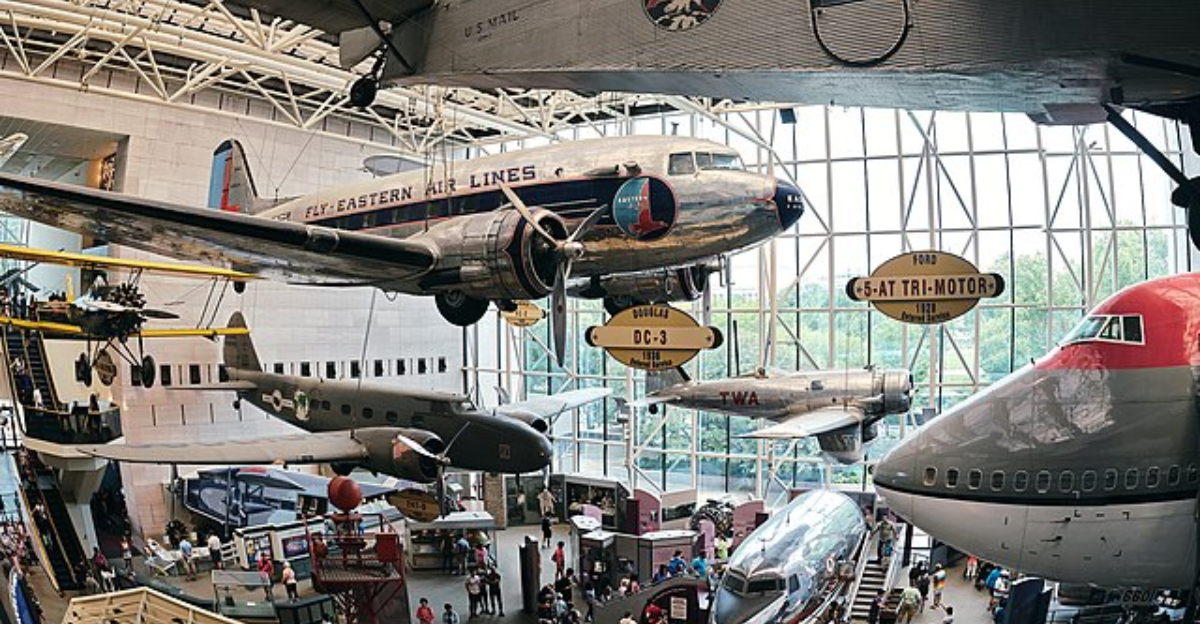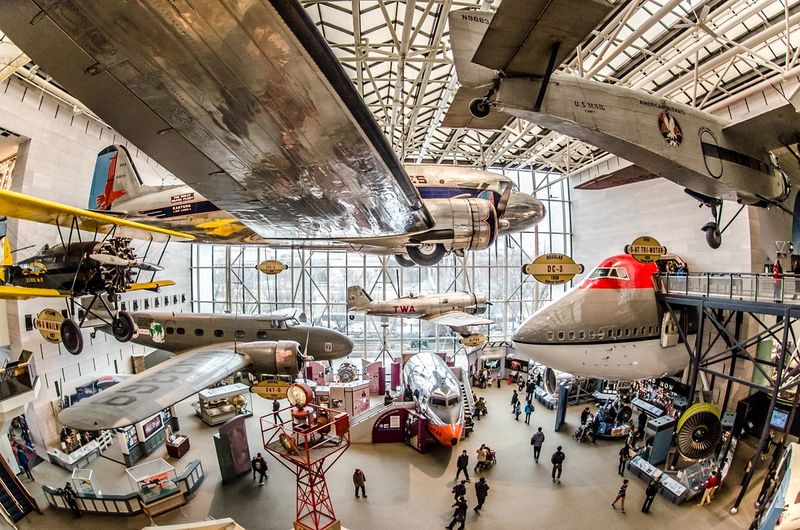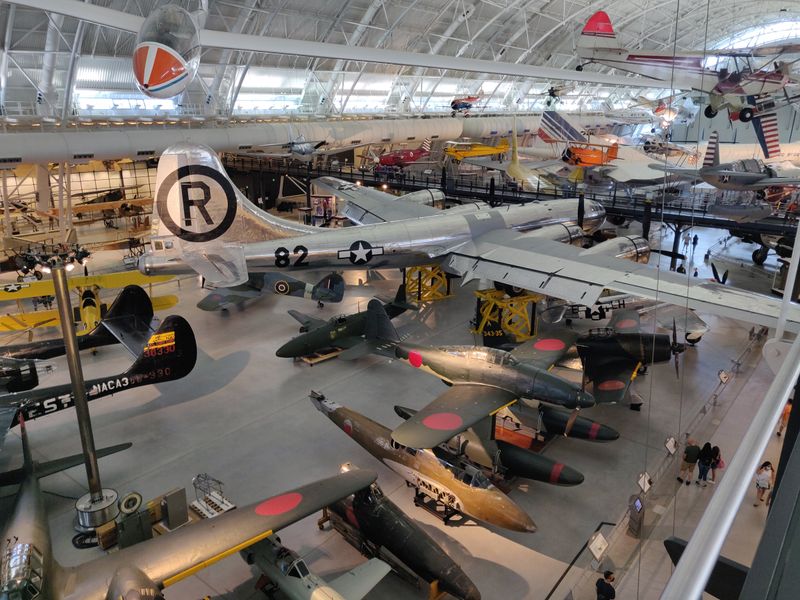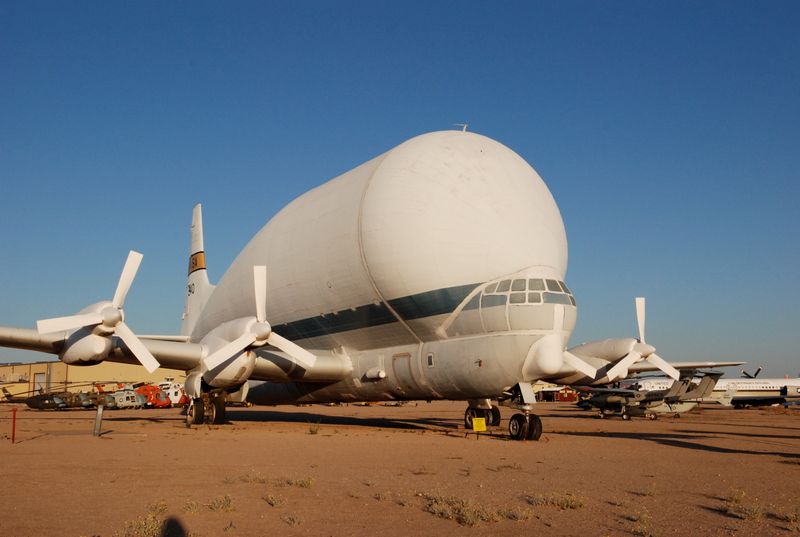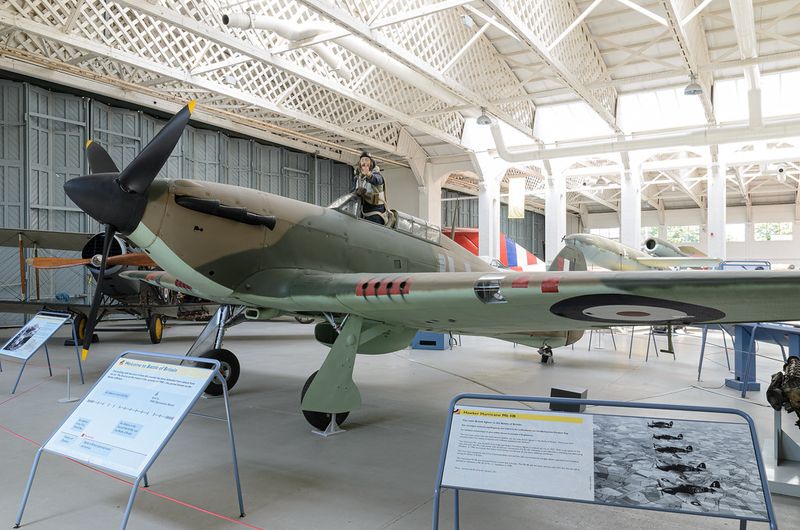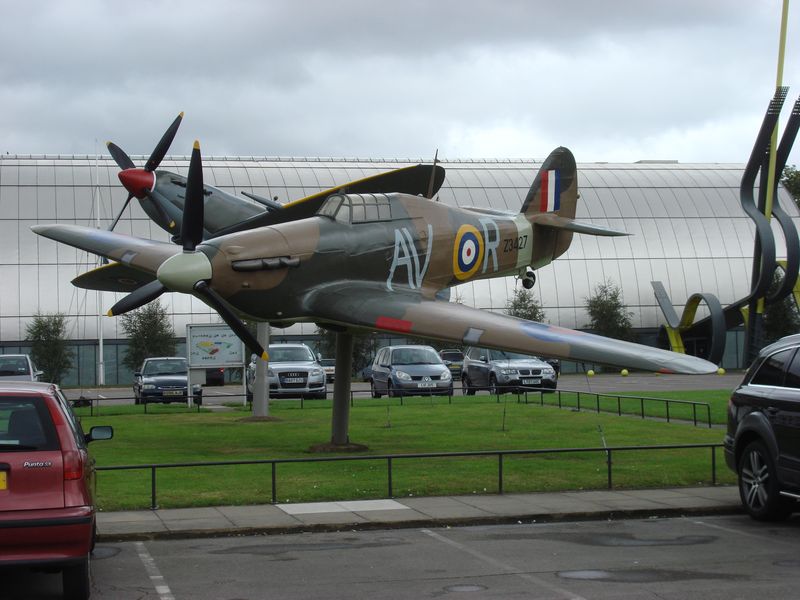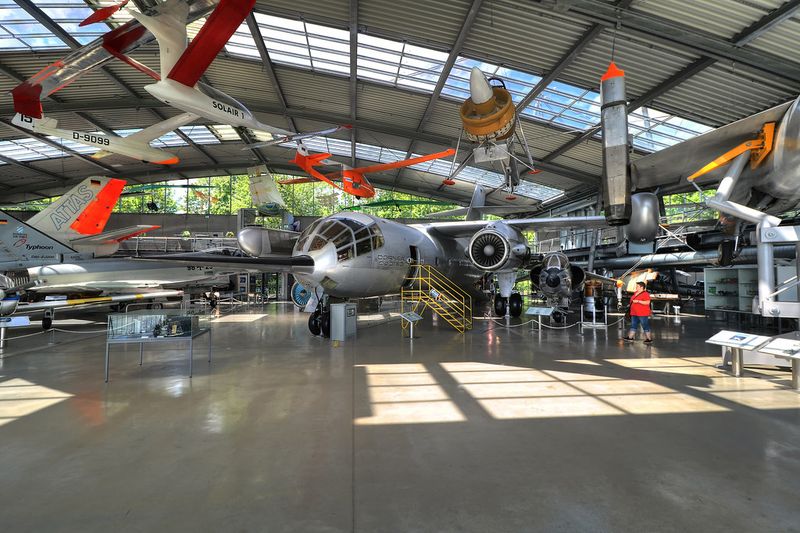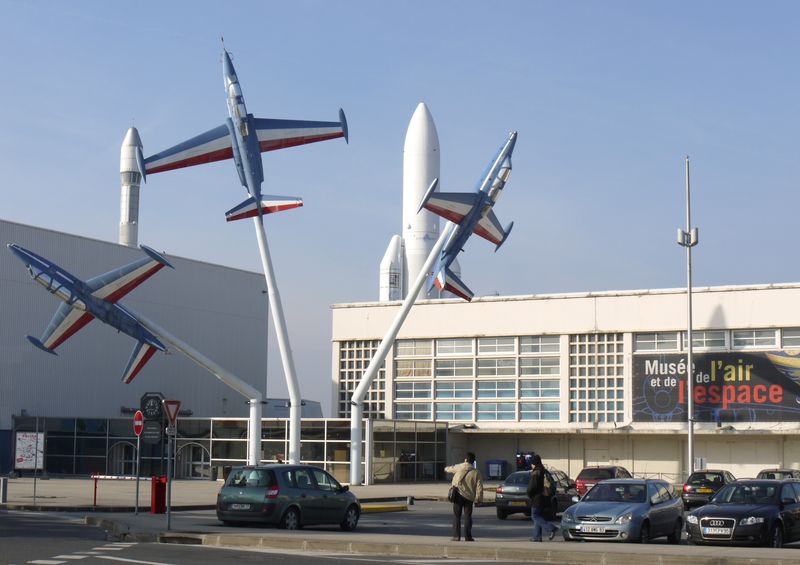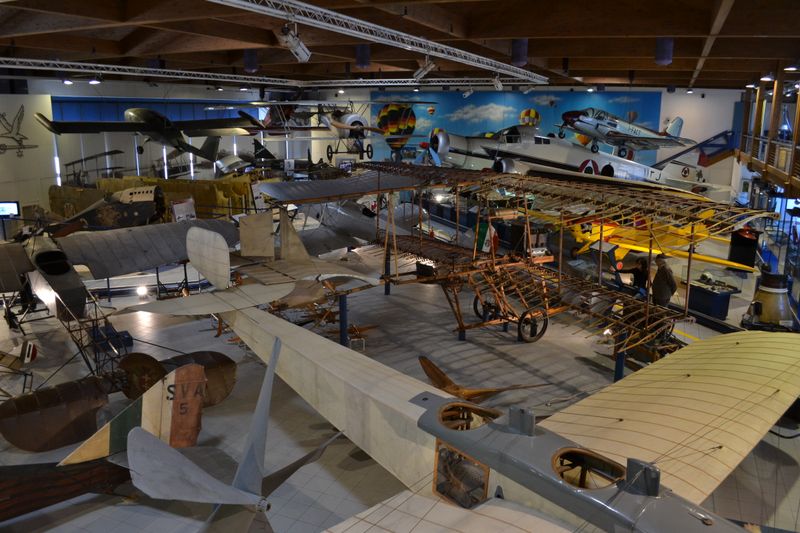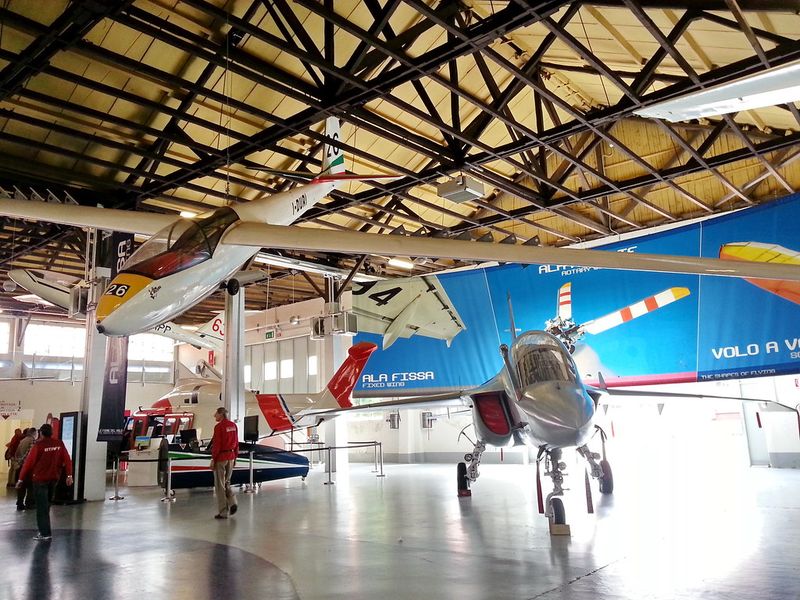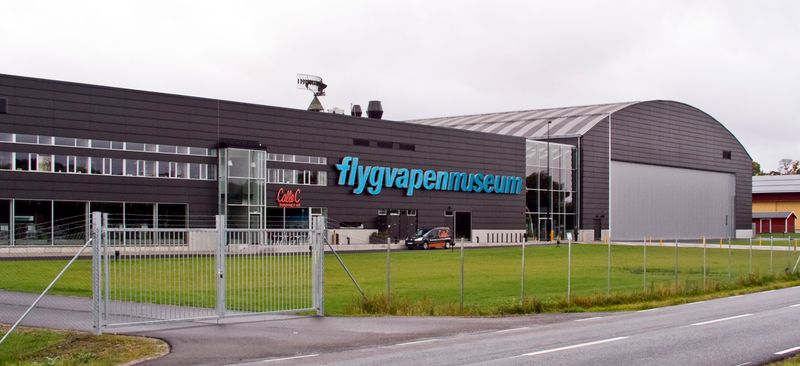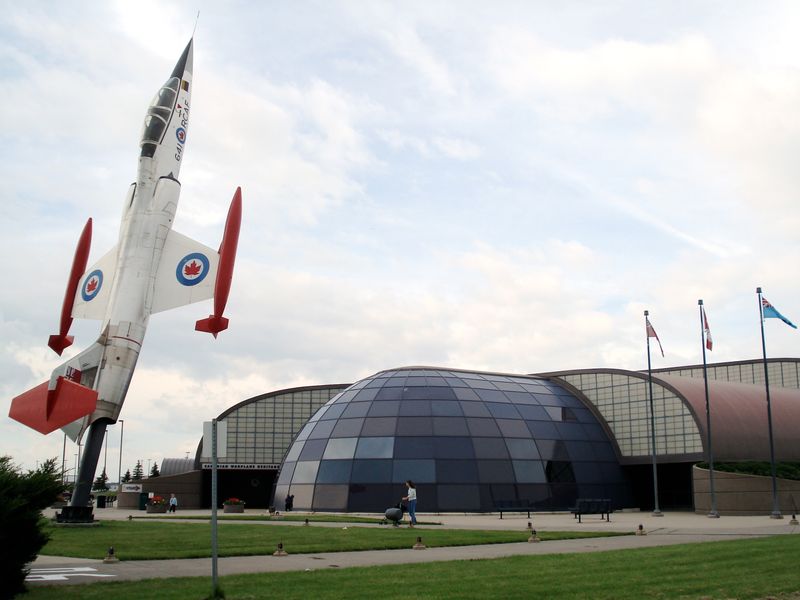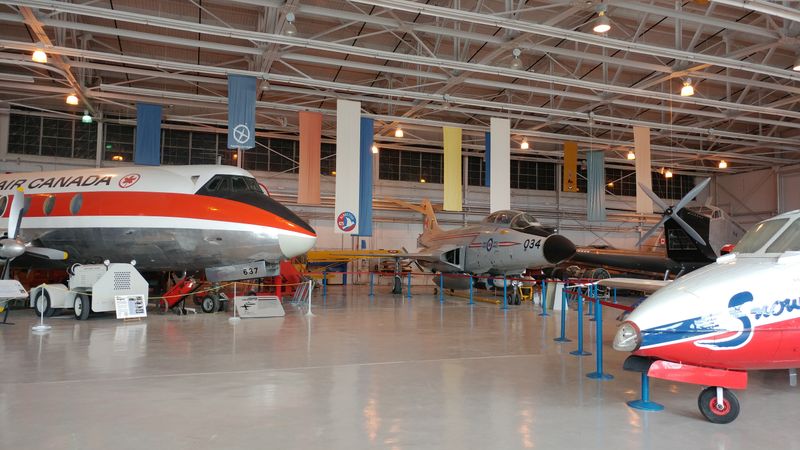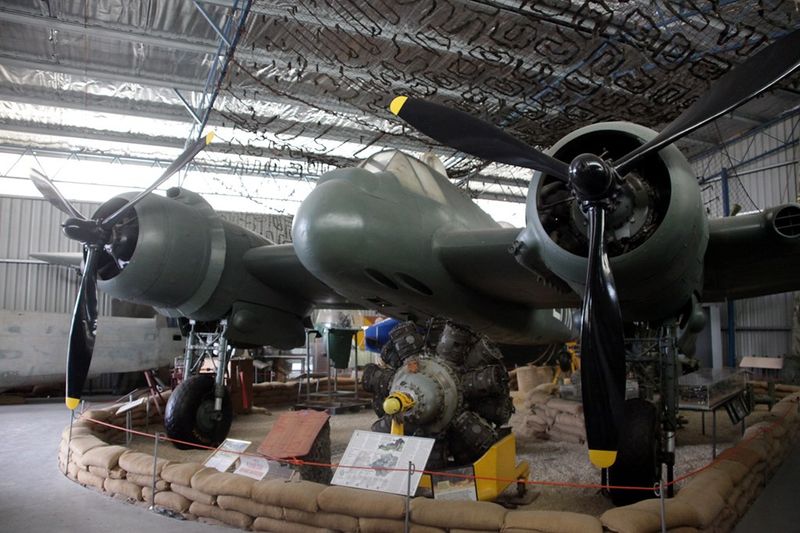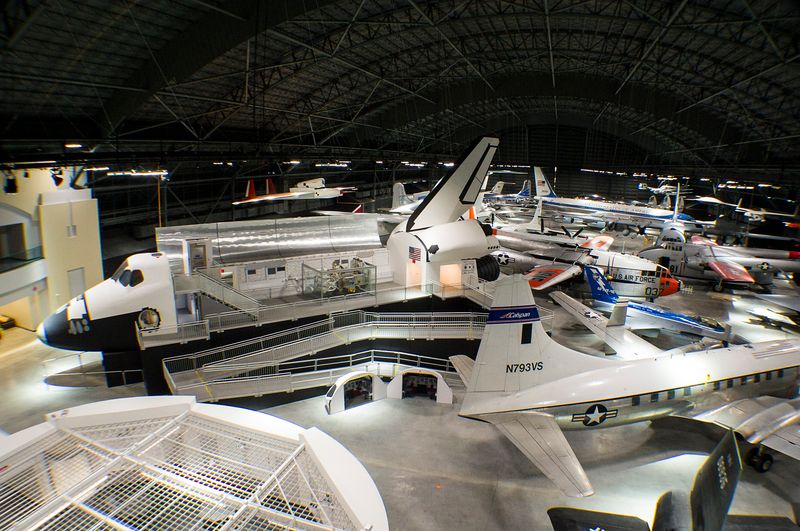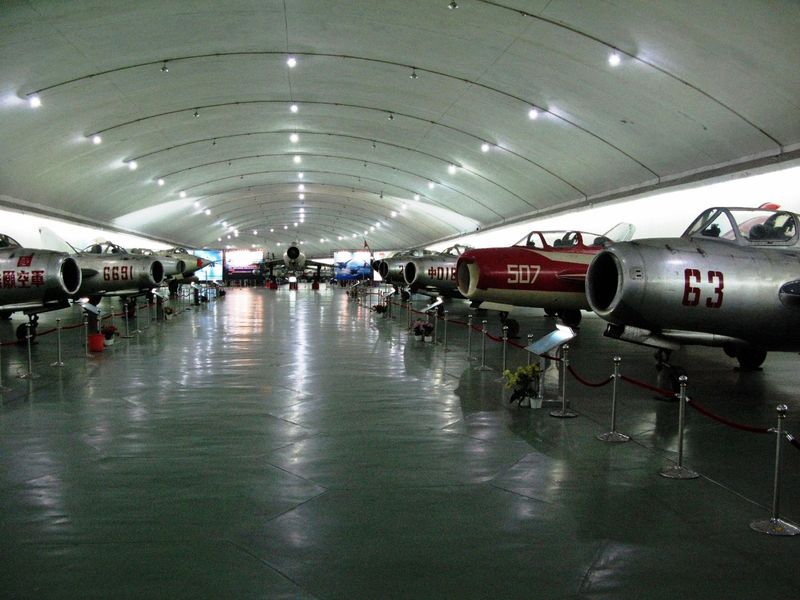Aviation museums capture the magic of flight and showcase humanity’s journey to conquer the skies. From vintage biplanes to supersonic jets and spacecraft, these incredible collections tell stories of courage, innovation, and technological breakthroughs. Whether you’re an aviation enthusiast or simply curious about flying machines, these 15 museums offer unforgettable experiences that bring flight history to life.
1. Smithsonian National Air and Space Museum
Home to the Wright brothers’ 1903 Flyer and the Apollo 11 command module Columbia, this iconic museum stands as America’s premier aviation shrine. Visitors can marvel at over 60,000 artifacts that chronicle humanity’s greatest achievements in flight.
The central gallery features suspended aircraft spanning decades of innovation, from early mail planes to modern jets. Interactive exhibits let kids and adults experience flight simulators and touch actual moon rocks.
Completely renovated galleries offer fresh perspectives on familiar stories, making this free museum a must-see national treasure that inspires future generations of pilots, engineers, and astronauts.
2. Udvar-Hazy Center
Sprawling across massive hangars, this Smithsonian companion facility houses aviation giants too large for the National Mall. The centerpiece: the space shuttle Discovery, towering over visitors with its battle-scarred heat shield tiles.
Unlike traditional museums with cramped displays, aircraft hang at multiple levels throughout the open space. The SR-71 Blackbird spy plane stretches dramatically across the floor, its sleek black form still looking futuristic despite being retired decades ago.
An observation tower gives panoramic views of nearby Dulles Airport, connecting the museum’s historic aircraft with today’s active flights taking off and landing just beyond the windows.
3. Pima Air & Space Museum
Nestled in the Arizona desert, this sprawling 80-acre outdoor museum benefits from the dry climate that perfectly preserves aircraft. Over 350 planes bake under the southwestern sun, creating a surreal aviation boneyard experience unlike any other museum.
Visitors can wander among presidential aircraft, massive bombers, and rare experimental planes. The “Boneyard Tour” takes guests off-site to the adjacent Davis-Monthan Air Force Base where thousands of military aircraft await their final fate.
Indoor hangars provide relief from the heat while showcasing smaller aircraft and exhibits about Arizona’s aviation history, including its importance during WWII pilot training.
4. Imperial War Museum Duxford
Set on a historic WWII airfield where Spitfires once scrambled to defend Britain, Duxford brings aviation history to life through its working runways. During summer airshows, vintage aircraft take to the skies above the very hangars where they once served.
The American Air Museum section houses the largest collection of U.S. warplanes outside America. Its distinctive circular building showcases everything from P-51 Mustangs to a massive B-52 bomber.
Conservation workshops allow visitors to watch technicians restore historic aircraft using traditional methods. This unique behind-the-scenes access reveals the painstaking work required to keep these mechanical treasures airworthy for future generations.
5. Royal Air Force Museum London
Formerly RAF Hendon, this historic airfield transformed into a world-class museum chronicling Britain’s aerial military history. The Battle of Britain Hall dramatically recreates the atmosphere of 1940 when young RAF pilots faced overwhelming odds against German forces.
Rare aircraft like the Hawker Typhoon and Avro Vulcan bomber tower over visitors. The museum excels at personal storytelling, with exhibits featuring pilots’ letters, uniforms, and personal effects that humanize the technical displays.
A recent £26 million renovation has modernized the visitor experience with immersive galleries exploring RAF operations from Afghanistan to humanitarian missions. The First World War in the Air exhibit offers insights into aviation’s earliest military applications.
6. Deutsches Museum Flugwerft Schleissheim
German engineering precision shines in this specialized branch of Munich’s famed science museum. Located at a historic airfield outside the city, the facility combines beautifully restored aircraft with cutting-edge technology demonstrations.
Unlike many aviation museums focusing solely on military aircraft, Schleissheim celebrates civilian innovation. Gliders hang alongside early passenger planes, showcasing Germany’s contributions to peaceful flight development.
Visitors can peer through windows into active restoration workshops where craftspeople meticulously rebuild historic aircraft using both traditional and modern techniques. The museum’s location on an active small airfield means occasional takeoffs and landings add to the authentic aviation atmosphere.
7. Musée de l’Air et de l’Espace
Located at Paris’s historic Le Bourget Airport where Charles Lindbergh landed after his transatlantic flight, this museum celebrates France’s pivotal role in aviation history. The art deco terminal building itself stands as an architectural treasure from the golden age of flight.
Concorde takes center stage – visitors can board both the prototype and production versions of this supersonic icon. The space section showcases France’s contributions to European space exploration with actual Ariane rocket components.
French military aviation receives special attention with displays ranging from WWI fighters to modern Mirage jets. The museum’s location hosts the Paris Air Show biennially, connecting historic collections with cutting-edge aerospace developments.
8. Museo dell’Aeronautica Gianni Caproni
Founded by aviation pioneer Gianni Caproni himself, this intimate museum preserves his personal collection of aircraft and documents. Original wooden-framed biplanes with fabric coverings demonstrate the artisanal craftsmanship of early Italian aviation.
The museum occupies a 1920s aircraft factory where workers once assembled planes by hand. Period photographs show the same building during production, creating a powerful connection between the space and its exhibits.
Family connections run deep here – descendants of Caproni still contribute to the museum’s development. Rather than focusing on quantity, this museum offers quality with meticulously restored aircraft and personal artifacts that tell the story of Italy’s aviation achievements.
9. Volandia – Parco e Museo del Volo
Built within the original Caproni aircraft factories near Milan’s Malpensa Airport, Volandia transformed industrial buildings into an immersive flight experience. The drone pavilion stands as Europe’s first permanent exhibit dedicated to unmanned flight technology, bridging aviation’s past and future.
Italy’s commercial aviation history comes alive through a complete McDonnell Douglas DC-9 aircraft that visitors can explore from cockpit to tail. The Volandia restoration center actively works on historic aircraft in full public view.
Families appreciate the flight simulator zone where children can experience piloting different aircraft. The museum’s planetarium and space section connect atmospheric flight with exploration beyond Earth’s boundaries.
10. Swedish Air Force Museum
Scandinavian minimalist design principles create a striking modern facility that houses Sweden’s aviation heritage. Floor-to-ceiling windows allow natural light to illuminate aircraft while providing views of the surrounding forest landscape.
The museum’s crown jewel: a recovered DC-3 spy plane shot down by Soviet fighters during the Cold War. After decades underwater, the aircraft and crew remains were recovered in 2003, creating a powerful memorial and historical exhibit.
Sweden’s neutrality during WWII resulted in unique aircraft designs developed independently from other nations. The museum showcases these distinctive Swedish innovations including the revolutionary Saab Draken with its double-delta wing configuration that influenced fighter design worldwide.
11. Canadian Warplane Heritage Museum
More than a static display, this living museum maintains dozens of aircraft in flying condition. The crown jewel: one of only two airworthy Lancaster bombers remaining worldwide, offering visitors rare opportunities to see – and hear – this WWII icon in flight during summer airshows.
The museum honors Canada’s outsized contribution to Allied air power during WWII when the British Commonwealth Air Training Plan transformed the country into “the aerodrome of democracy.” Exhibits highlight personal stories of Canadian aircrews who served overseas.
For the ultimate experience, visitors can book flights in vintage aircraft including a rare two-seat Spitfire. This hands-on approach makes aviation history tangible in ways static museums cannot match.
12. Royal Aviation Museum of Western Canada
Bush planes and northern aviation take center stage in this specialized museum celebrating Canada’s unique flying heritage. Floatplanes, ski-equipped aircraft, and rugged bush planes showcase how aviation connected remote northern communities across vast wilderness areas.
Reopened in 2022 in a stunning new facility at Winnipeg’s international airport, the museum features floor-to-ceiling windows where visitors can watch modern aircraft taking off while exploring historic ones. Interactive exhibits demonstrate how pilots navigate Canada’s challenging northern territories.
The museum’s restoration workshop maintains flying examples of historic bush planes. Exhibits highlight indigenous perspectives on how aviation transformed life in remote northern communities, offering a more complete picture of aviation’s social impact.
13. Australian National Aviation Museum
Housed in original WWII-era hangars at Melbourne’s historic Moorabbin Airport, this volunteer-run museum preserves Australia’s unique aviation stories. The collection features rare aircraft developed specifically for the continent’s vast distances and challenging conditions.
Centerpiece exhibits include the GAF Nomad, an Australian-designed utility aircraft, and military trainers that prepared pilots for service across multiple conflicts. Restoration projects happen in full public view, with dedicated volunteers working to preserve historic aircraft.
The museum excels at documenting how aviation connected Australia’s isolated communities across the Outback. Personal stories from bush pilots, Royal Flying Doctor Service crews, and early airline pioneers bring technical displays to life with human drama and adventure.
14. National Museum of the U.S. Air Force
America’s largest military aviation museum spans four massive hangars chronicling flight from the Wright brothers to space exploration. Located near Huffman Prairie where the Wright brothers perfected their flying techniques, the museum connects directly to aviation’s birthplace.
Presidential aircraft form a particularly moving exhibit, including the Air Force One that carried President Kennedy’s body after his assassination. Visitors can board several of these historic planes, walking where presidents made crucial decisions during global crises.
The space gallery features actual Titan rockets and spacecraft from America’s early space program. The extensive Cold War section includes once-secret reconnaissance aircraft and nuclear bombers that shaped global politics for decades.
15. China Aviation Museum
Built into a mountain that once housed a secret underground air base, this dramatic museum offers a rare glimpse into Chinese military aviation history. Visitors enter through actual hardened aircraft hangars carved into the mountainside that protected fighters during the Cold War.
The outdoor display area features over 200 aircraft, including captured American and Soviet planes alongside Chinese-built variants. MiG fighters, bombers, and helicopters showcase China’s aviation development and its complex relationships with other powers.
The museum highlights Chairman Mao’s personal aircraft and early Chinese-designed jets. A special section covers the Flying Tigers – American volunteer pilots who defended China during WWII – representing a unique chapter of cooperation between the two nations.
